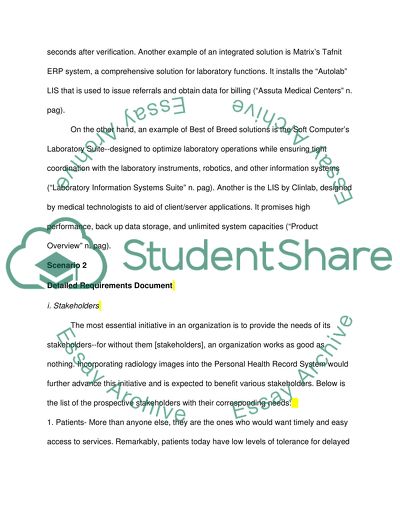Cite this document
(“Laboratory Informstion System for Academic Medical Center Coursework”, n.d.)
Laboratory Informstion System for Academic Medical Center Coursework. Retrieved from https://studentshare.org/information-technology/1440274-medical-informatics
Laboratory Informstion System for Academic Medical Center Coursework. Retrieved from https://studentshare.org/information-technology/1440274-medical-informatics
(Laboratory Informstion System for Academic Medical Center Coursework)
Laboratory Informstion System for Academic Medical Center Coursework. https://studentshare.org/information-technology/1440274-medical-informatics.
Laboratory Informstion System for Academic Medical Center Coursework. https://studentshare.org/information-technology/1440274-medical-informatics.
“Laboratory Informstion System for Academic Medical Center Coursework”, n.d. https://studentshare.org/information-technology/1440274-medical-informatics.


